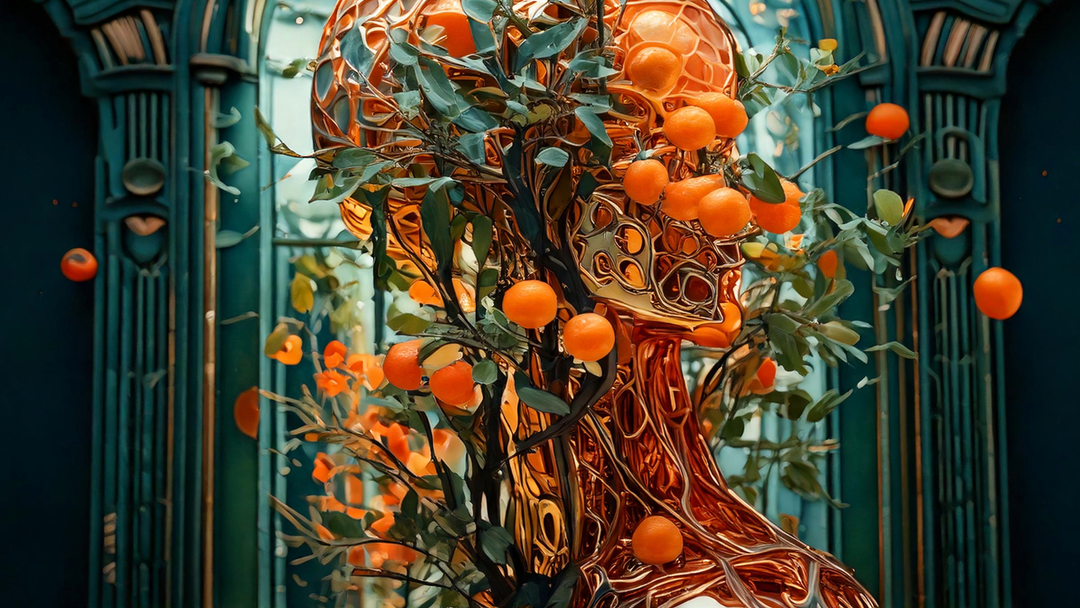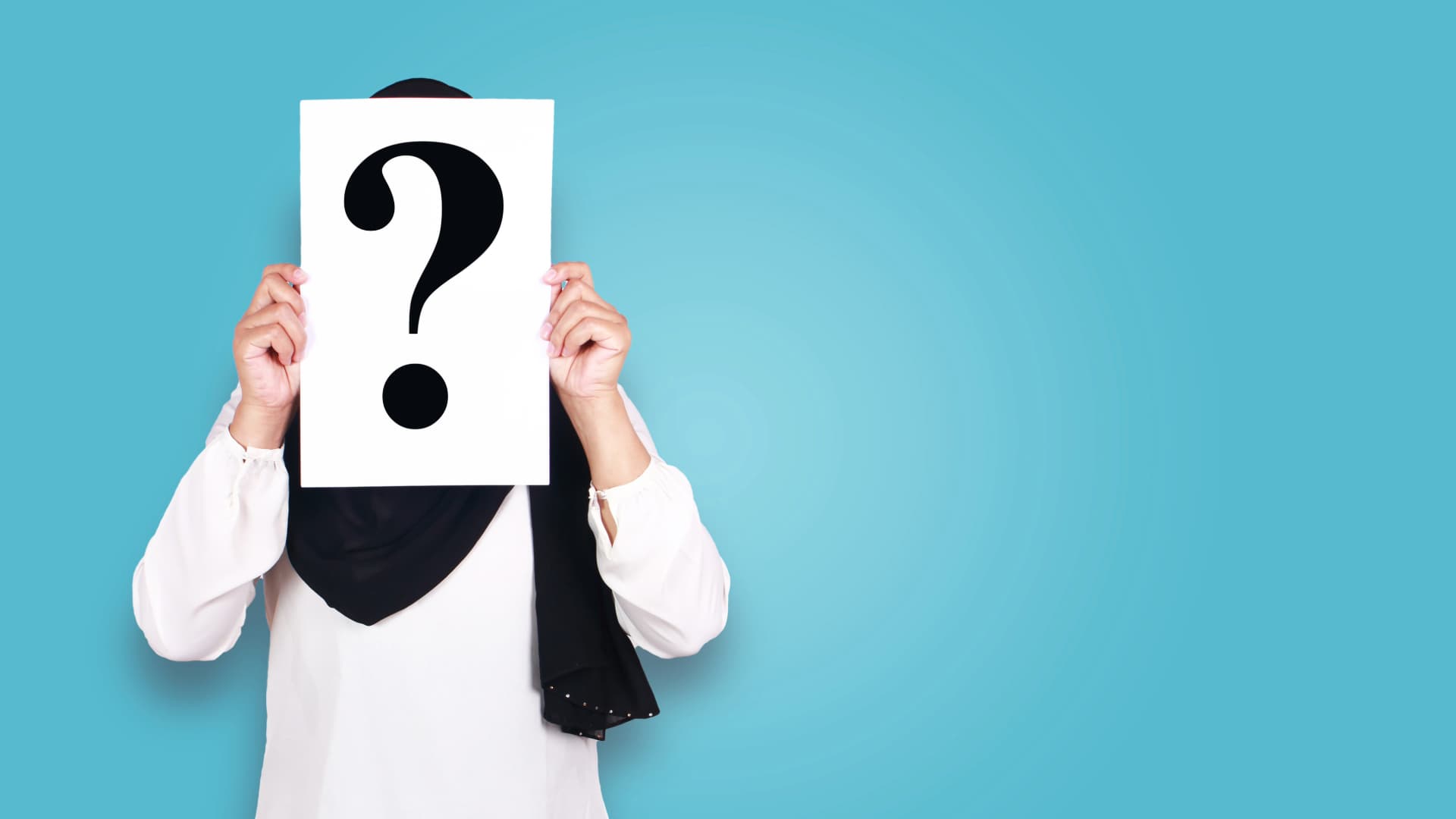
Written By: Dravvt
Topics Covered:
#1. How Does Artificial Intelligence Work?
Have you ever wondered how Artificial Intelligence (AI) works and what makes it so powerful? Well, after diving into the topic, I can confidently say it's truly fascinating and holds immense potential.
At its core, AI refers to the ability of machines to replicate human-like intelligence. This means that computers and robots are capable of performing tasks that traditionally require human cognitive functions, such as decision-making, problem-solving, and pattern recognition.
But how does AI actually function? There are several techniques that make AI possible, with machine learning and neural networks being among the most important. Machine learning allows machines to analyze vast amounts of data, learn from it, and then use that learning to make better decisions and predictions over time. Neural networks, inspired by the structure of the human brain, consist of layers of interconnected nodes that work together to process information and detect complex patterns.
What makes AI even more exciting is its ability to continuously improve through experience. Just like humans learn and adapt from their environment, AI systems become more efficient the more data they are exposed to. This ability to evolve makes AI incredibly powerful in a wide range of applications, from personalized recommendations in apps to self-driving cars and medical diagnoses.
While there is still much to uncover about AI and its full potential, one thing is certain: the future of AI is incredibly promising. It has the capacity to revolutionize industries such as healthcare, education, and entertainment, ultimately improving our daily lives and solving some of the world’s most complex problems.

An image illustrating how artificial intelligence operates with neural networks, displaying interconnected nodes and layers representing the complexity of AI's processing.
#2. Art and Artificial Intelligence
Art and artificial intelligence are two terms that are increasingly mentioned together in today’s world.
On one side, we have the creativity and emotions that define art. On the other, we have the precision and efficiency that artificial intelligence offers.
There is an interesting debate about whether artificial intelligence will ever be able to replace human creativity.
In my opinion, artificial intelligence cannot replace creativity because it is incapable of replicating human emotions and experiences.
However, artificial intelligence can help artists improve and expand their work. For example, algorithms can be used to identify patterns in art and assist artists in developing new techniques.
Overall, I think art and artificial intelligence are an exciting combination that will bring us many surprises in the future.

An image of a person holding a sign in front of their face with a question mark, symbolizing the surprises AI can bring to the world of art.
#3. When Was Artificial Intelligence Created?
Have you ever wondered when artificial intelligence was created? This question has intrigued many, and the history behind AI's creation is quite fascinating.
The concept of artificial intelligence was first introduced in the 1950s by pioneers such as John McCarthy, Marvin Minsky, and other visionary scientists. They believed that machines should not only be able to mimic human intelligence but also potentially surpass it in areas like reasoning, problem-solving, and learning. This idea led to the birth of AI as a formal academic discipline.
In 1956, a landmark event known as the Dartmouth Conference took place, where McCarthy, Minsky, and others proposed the possibility of creating 'thinking machines.' This conference is often considered the official start of AI research. Since then, AI has undergone remarkable transformations, driven by advancements in computer science, mathematics, and computational power.
Over the decades, the technology has evolved rapidly, progressing from early, simple programs to the complex, sophisticated AI systems we see today. Now, AI is applied across a wide range of industries, from healthcare and education to finance, entertainment, and even space exploration.
AI is undoubtedly one of the most exciting and transformative technologies of our time. It holds the potential to revolutionize how we live and work, offering solutions to problems that once seemed insurmountable.
Of course, with this incredible potential come concerns, especially regarding issues like job displacement, privacy, and ethical implications. However, there is no doubt that AI also presents incredible opportunities to improve the world, making it more efficient, inclusive, and sustainable.
The journey of artificial intelligence is just beginning, and its future promises to be full of surprises. We all have a role to play in shaping what comes next, so it will be exciting to see how AI continues to evolve and impact our lives in the coming years.

Illustration depicting the evolution of artificial intelligence over the years, showcasing key advancements in AI technology.
#4. Which Artists Use Artificial Intelligence
Artificial intelligence is now not only found in business and technology but also in the art world.
More and more artists are using artificial intelligence to create or enhance their works. For example, the French artist Obvious created a portrait with the help of artificial intelligence.

Three artists collaborating in a creative space.
#1. Obvious
French artists Obvious have caused a stir in the art world. The trio recently sold a painting titled 'Portrait of Edmond de Belamy' for $432,500. What's special about this artwork is that it was created by an algorithm.
Obvious used a technique called Generative Adversarial Networks (GANs) to create the portrait.
Obvious is not the first artist collective to use GANs in art. The technology allows for the creation of images indistinguishable from those made by human hands. However, Obvious has set a new standard by selling the first GAN artwork at an auction.
Obvious has shown that AI can play an important role in the art world. It will be interesting to see how the technology evolves and how it is used by other artists. Obvious has paved the way, and the art world will never be the same again.
#2. Mario Klingemann
Mario Klingemann is a German artist known for his experimental artworks. Klingemann uses artificial intelligence to create and enhance his pieces. He believes that AI is an important part of art and that it opens up new possibilities for artists.
Overall, the use of artificial intelligence in art is a growing trend. While some artists remain skeptical, many believe that AI will revolutionize the art world. It remains to be seen how this trend will develop in the future. His works are often very unconventional and surprising.
In recent years, Klingemann has received many awards and honors, including the prestigious Google Arts & Culture Prize. His artworks have been exhibited in many renowned galleries and museums around the world.
Personally, I am a big fan of Klingemann's work. His ability to combine technology and art in such a creative way is impressive. I can't wait to see what he will create next.